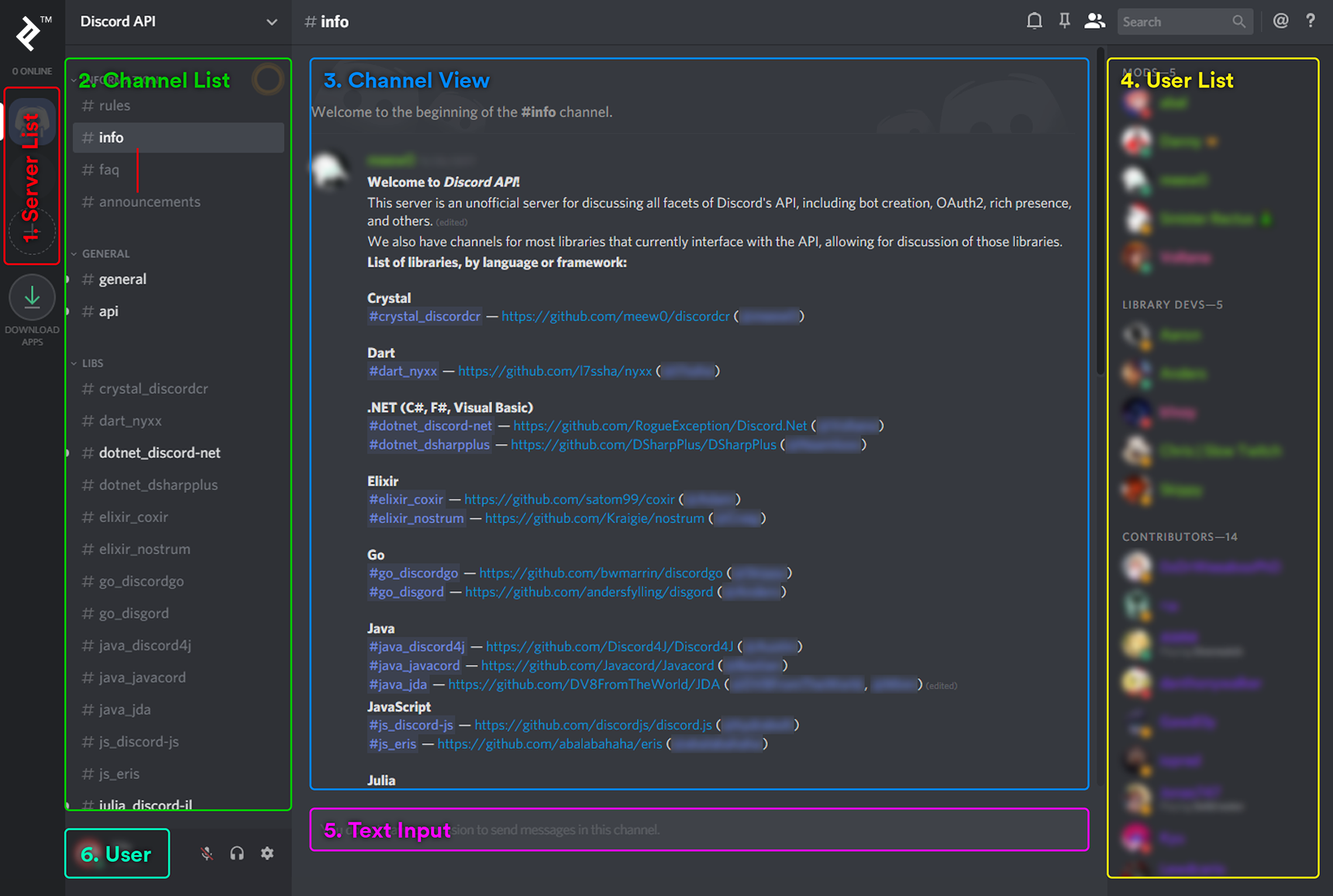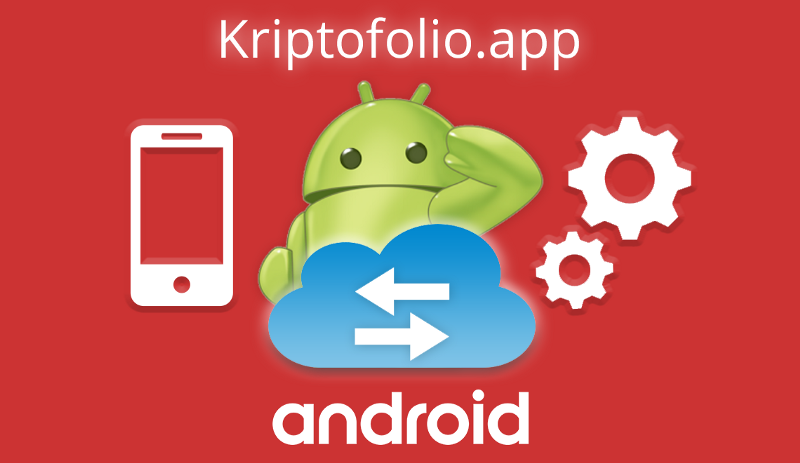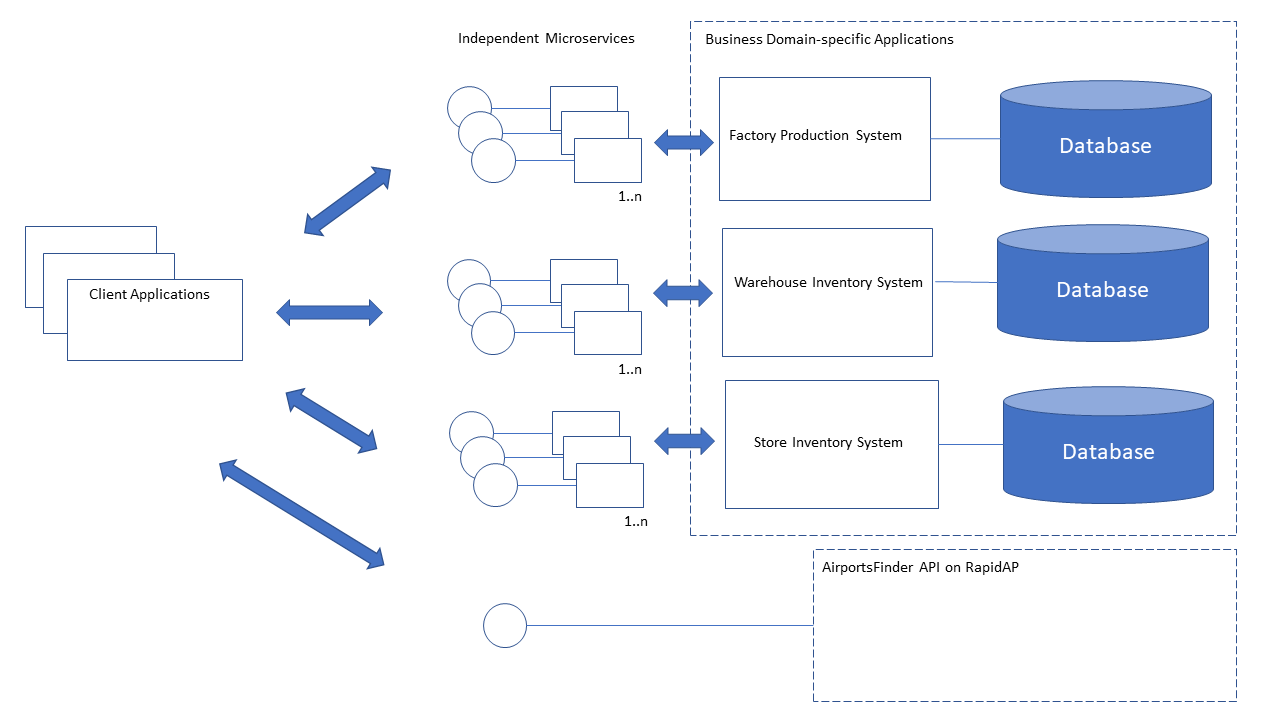
- ANDROID WEB SERVER WITH RESTFUL APIS HOW TO
- ANDROID WEB SERVER WITH RESTFUL APIS INSTALL
- ANDROID WEB SERVER WITH RESTFUL APIS FULL
ANDROID WEB SERVER WITH RESTFUL APIS HOW TO
If you have questions related to pricing, check out our pricing page or you can reach out to our Sales team. Well because Im going to teach you how to build not just another android application, but also a backend server, your own REST API The main purpose of that. If you are using one of these languages on your server, there is usually no quicker way to get started than using our helper library. These allow you to create access tokens as well as interact with the Server REST API. We also support 6 common web languages with a helper library. In-depth discussion on all Programmable Chat features:
ANDROID WEB SERVER WITH RESTFUL APIS FULL
Programmable Chat tutorials with full sample applications: Please see our Conversations API QuickStart to start building robust virtual spaces for conversation.

Secure and Scale Programmable Chat ApplicationsĪs the Programmable Chat API is set to sunset in 2022, we will no longer maintain these chat tutorials. Package with JavaScript, Node.js and Express The annotation specifies the MIME media type that the method produces and returns. The annotation indicates that the hello() method will process HTTP GET requests to the specified URI. The annotation identifies the URI for accessing this resource, relative to the application root. HelloResource.java is a root resource class, which uses the following JAX-RS annotations to implement the RESTful web service: Pom.xml is the Project Object Model with Maven configuration information, including dependencies and plugins necessary for building the project. Use the Project tool window to browse and open files in your project or press Ctrl+Shift+N and type the name of the file. IntelliJ IDEA creates a project with some boilerplate code that you can build and deploy successfully. IntelliJ IDEA creates the default project structure. In the Dependencies list, select the following: Don't select or add an application server, we will do it later. For this tutorial, use Java 1.8 as the project SDK and select the REST service template.

In the New Project dialog, select Java Enterprise.Įnter a name for your project: RestGlassfishHelloWorld RestTomcatHelloWorld. In this tutorial, we will create a simple web application.įrom the main menu, select File | New | Project. IntelliJ IDEA includes a dedicated wizard for creating Java Enterprise projects based on various Java EE and Jakarta EE implementations. For more information about the compatibility of other GlassFish and Java versions, see. This tutorial uses JDK 1.8, Java EE 8, and GlassFish 4.1.1. The Tomcat application server version 7 or later. The Web Profile subset should be enough for the purposes of this tutorial. You can get the latest release from the official reference implementation web site.

The GlassFish application server version 3.0.1 or later.
ANDROID WEB SERVER WITH RESTFUL APIS INSTALL
You can get the JDK directly from IntelliJ IDEA as described in Java Development Kit (JDK) or download and install it manually, for example Oracle JDK. Java SE Development Kit (JDK) version 1.8 or later. You will create a new Java Enterprise project, add the necessary Java code, tell IntelliJ IDEA where your GlassFish Tomcat server is located, then use a run configuration to build the artifact, start the server, and deploy the artifact to it. Use the switcher at the top of this page for instructions for a different application server. The service will output Hello, World! when you access a specific URL through the web browser or otherwise send a GET request to this URL. This tutorial describes how to create a simple RESTful web service in IntelliJ IDEA and deploy it to the GlassFish Tomcat application server.


 0 kommentar(er)
0 kommentar(er)
